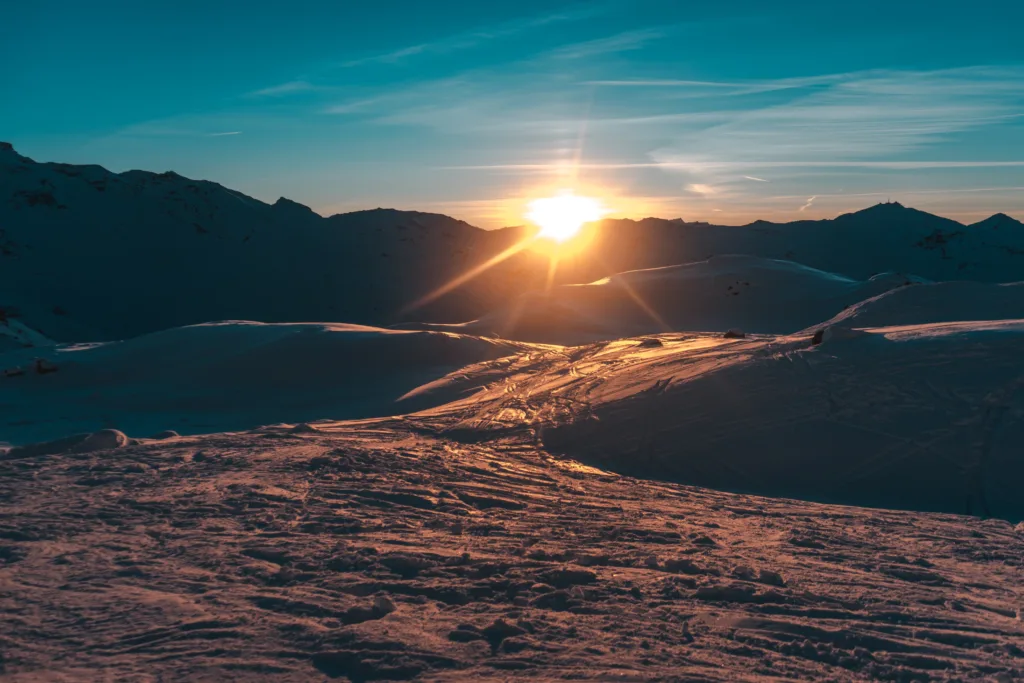The length of our days is governed by the position of the Earth in relation to the Sun. Throughout the year, the Earth goes through various stages that influence the duration of daylight. One significant event that affects the length of our days is the solstice.
The solstice is a celestial phenomenon that occurs twice a year, in June and December. During the June solstice, which happens between June 20 and 22, the Northern Hemisphere experiences its longest day of the year. This means that the North Pole is tilted towards the Sun, causing it to be in the highest position in the sky as seen from this part of the Earth. On this day, the sun shines for the most extended period, resulting in more daylight hours.
Conversely, during the December solstice, which occurs between December 20 and 23, the Northern Hemisphere experiences its shortest day of the year. During this time, the North Pole is tilted away from the Sun, causing it to be in the lowest position in the sky as seen from the Northern Hemisphere. As a result, the amount of daylight we receive is at its minimum, with the nights being longer than the days.
After the December solstice, the days gradually start to get longer, and the nights become shorter. This change occurs because the Earth’s axis begins to tilt back towards the Sun, allowing more sunlight to reach the Northern Hemisphere. However, it is important to note that the increase in daylight is a gradual process and takes time.
As we move into the months following the December solstice, the days slowly lengthen, and the nights gradually shorten. This gradual increase in daylight continues until we reach the June solstice, marking the longest day of the year once again.
It is fascinating to observe the cyclical nature of our days and how they are influenced by the Earth’s position relative to the Sun. The solstices serve as crucial milestones, signifying the extremes of daylight duration in the Northern Hemisphere. From the shortest day at the December solstice to the longest day at the June solstice, our days continuously evolve, reminding us of the ever-changing nature of our planet.
So, next time you notice the days getting longer after the winter solstice, take a moment to appreciate the intricate dance between the Earth and the Sun that brings us more daylight with each passing day.
Do The Days Get Longer After December 21?
The days do get longer after December 21. The December solstice marks the shortest day of the year for locations north of the equator. Following the solstice, the days gradually start getting longer, and the nights become shorter. This change occurs due to the tilt of Earth’s axis in relation to its orbit around the Sun.
During the December solstice, the tilt of the Earth’s axis causes the Northern Hemisphere to be tilted away from the Sun, leading to shorter days and longer nights. However, as Earth continues its orbit around the Sun, the tilt of the axis remains the same, but the orientation changes. This results in the Northern Hemisphere gradually tilting back towards the Sun, leading to longer days and shorter nights.
As we move past the December solstice, the amount of daylight gradually increases each day. The rate at which the days lengthen varies depending on the latitude, with locations closer to the North Pole experiencing a more significant increase in daylight compared to those closer to the equator.er nights.
– The rate at which the days lengthen varies depending on the latitude.

What Month Do Days Become Longer?
The days start becoming longer in the Northern Hemisphere from the winter solstice, which occurs between December 20 and 23 each year. After the winter solstice, the days gradually start getting longer as the northern pole of earth’s axis begins to tilt back toward the sun. This tilt allows the sun to be higher in the sky as seen from the North Pole, resulting in longer daylight hours. This trend continues until the summer solstice, which is the longest day of the year. So, to be precise, the days start becoming longer after the winter solstice in December and continue to do so until the summer solstice in June.
Conclusion
The length of days varies throughout the year due to the tilt of the Earth’s axis and its orbit around the sun. The December solstice marks the shortest day of the year in the Northern Hemisphere, with day lengths shorter than 12 hours for locations north of the equator. This is when the northern pole of Earth’s axis is tilted away from the sun, resulting in the sun being at its lowest position in the sky. Conversely, the longest day of the year occurs on the summer solstice, which falls between June 20 and 22 each year. During this time, the northern pole of Earth’s axis is tilted towards the sun, causing the sun to be at its highest position in the sky as seen from the North Pole. These variations in day length are a natural phenomenon and occur annually, with the December solstice marking the start of longer days and shorter nights in the Northern Hemisphere.
